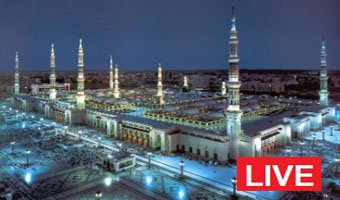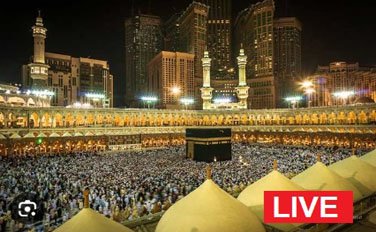A Crusader Legacy: Unveiling the Krak des Chevaliers
Standing sentinel over the Syrian countryside, Krak des Chevaliers (French: [kʁak de ʃ(ə)valje]; Arabic: قلعة الحصن, romanized: Qalʿat al-Ḥiṣn) embodies the grandeur and complexity of the Crusader era. This formidable castle, a UNESCO World Heritage Site, boasts a rich history marked by conquest, religious fervor, and architectural innovation. Let’s delve into the fascinating timeline of Krak des Chevaliers:

A Symbol of Crusader Power:
Originally built by Muslims in the 11th century, the Krak des Chevaliers was significantly expanded and fortified by the Knights Hospitaller, a Christian military order, in the 12th and 13th centuries. The imposing stone structure exemplifies Crusader military architecture, featuring concentric walls, formidable towers, and ingenious defensive features.
A Blend of Influences:
While the Crusaders left their mark, the Krak des Chevaliers reflects a fascinating blend of architectural styles. Earlier Islamic influences are still visible, and additions made by the Mamluks after capturing the castle in the late 13th century further enrich its architectural tapestry.
A Journey Through Time:
Step inside the castle walls and embark on a historical adventure. Explore the well-preserved halls, courtyards, and living quarters, imagining the lives of Crusaders who once resided here. Climb the watchtowers and marvel at the panoramic views that once offered strategic advantage. The Krak des Chevaliers offers a glimpse into a bygone era, whispering stories of battles, faith, and medieval life.
A Testament to Tolerance:
Despite its origins as a Crusader stronghold, the Krak des Chevaliers transcends religious boundaries. Today, it serves as a powerful symbol of Syria’s diverse heritage, reminding us of the importance of understanding and appreciating the cultural influences that have shaped the world.
Early Beginnings (11th Century)
- 1099: Following the First Crusade, the region surrounding Krak des Chevaliers falls under the control of the Crusaders, Christian warriors from Western Europe.
- Early 12th Century: A small Kurdish military outpost already exists on the strategic hill where Krak des Chevaliers is situated.
The Hospitaller Era (12th – 13th Centuries)
- 1142: Raymond II, Count of Tripoli, donates the site to the Knights Hospitaller, a Catholic military order dedicated to protecting pilgrims to the Holy Land.
- Mid-12th Century: Construction of the castle begins under the Hospitallers. They transform the modest outpost into a formidable Crusader stronghold, incorporating advanced military architecture of the time.
- Late 12th – Early 13th Centuries: The Hospitallers continue to expand and fortify Krak des Chevaliers, constructing towers, halls, and a magnificent keep (central tower). The castle evolves into a self-sufficient mini-city, complete with living quarters, a church, and stables.
- 1271: After a grueling siege lasting over a year, the Mamluks, a Muslim sultanate based in Egypt, capture Krak des Chevaliers from the Hospitallers.
Later Eras (13th – Present Day)
- 13th – 17th Centuries: The Mamluks utilize Krak des Chevaliers as an administrative center and make some modifications to the structure.
- 17th Century: The Ottoman Empire takes control of the region, and the castle’s military significance gradually diminishes.
- 19th Century: Krak des Chevaliers falls into disrepair and becomes a ruin. European travelers rediscover its historical significance and document its deteriorating state.
- Early 20th Century: French archaeological and restoration efforts begin.
- 1933: France acquires control of Krak des Chevaliers and undertakes a comprehensive restoration project.
- Present Day: Krak des Chevaliers stands as a UNESCO World Heritage Site, a testament to the architectural ingenuity of the Crusader era. It continues to attract visitors from around the globe, offering a glimpse into a bygone era of faith, warfare, and cultural exchange.
Please note that this entry is provided for informational purposes only. It is imperative not to engage in praying to graves or seeking supplication through them, as this constitutes associating partners with Allah (ﷻ), which is strictly prohibited.
Related Post: Jordan’s Gems:Historical Mosques and Places
Also Read: Exploring Egypt’s Mosques
May You Like: History of Syria

